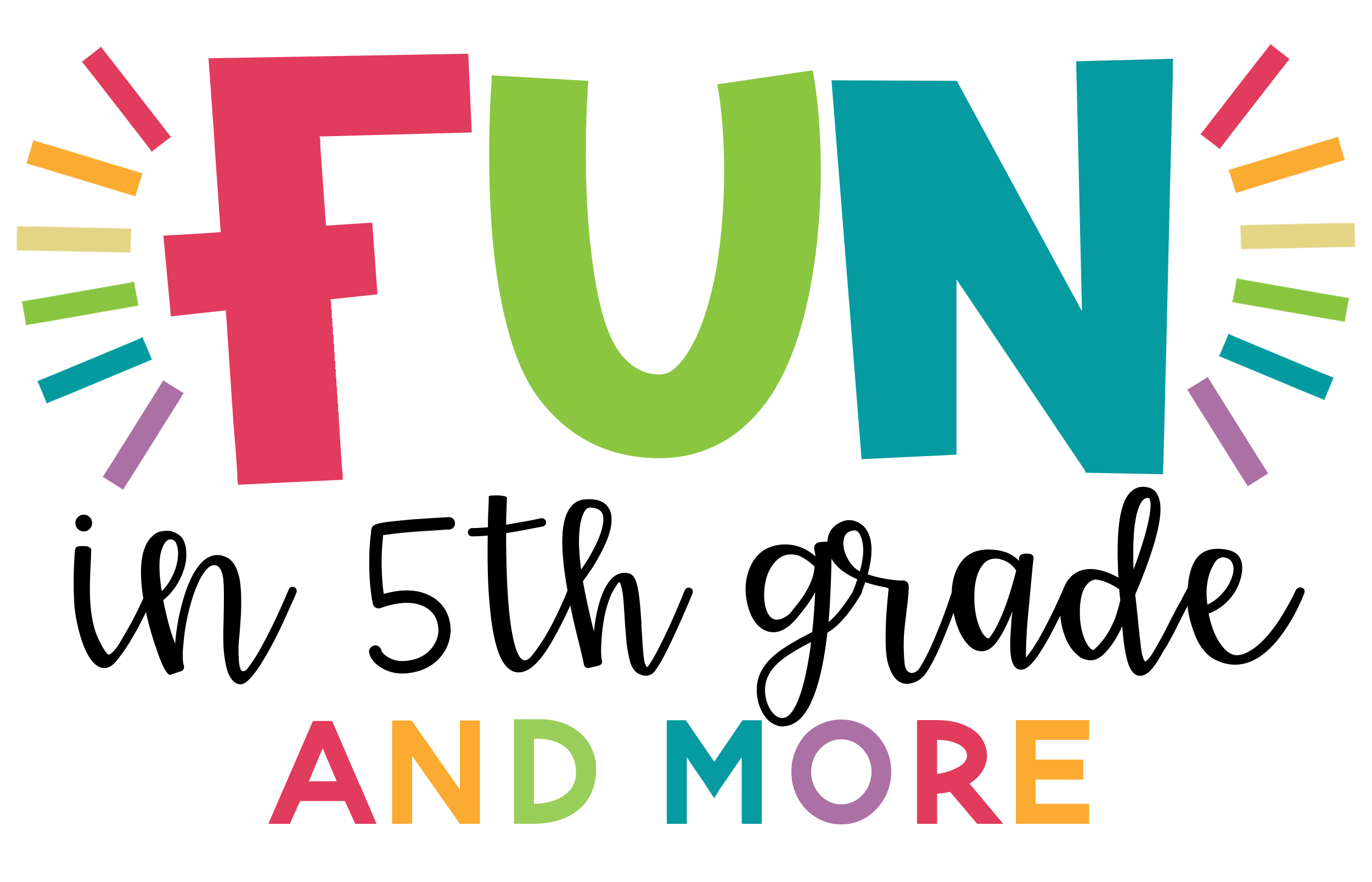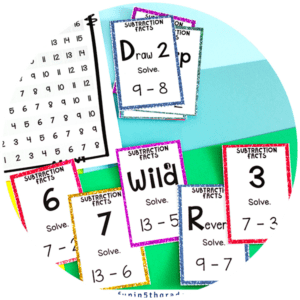
Unleashing the power of context clues empowers students to unlock the meaning of words as they read!
Sometimes it seems pointless to explicitly teach context clues to students since most of them will go through life with a computer in their hand, in their ear, or at their fingertips that can tell them the meaning of any word whenever they need it.
But we disagree.
By equipping our students with the skills to navigate unfamiliar words independently, we foster their confidence and encourage a lifelong love for reading. By implementing these strategies, we can empower our students to unlock the meaning of words and unleash their full reading potential.
Why We Teach Context Clues (4 Reasons)
#1 | Vocabulary Development
Context clues are invaluable for expanding students’ vocabulary. By learning to infer word meanings, students can discover new words and incorporate them into their active vocabulary immediately. When students have to pause to look up a new word, they are often greeted with multiple meanings. Being able to use the context clues will help them skip this step altogether.
#2 | Comprehension Enhancement
Understanding the meaning of unfamiliar words strengthens overall reading comprehension. When students encounter unfamiliar terms, they can use context clues to decipher their meaning, ensuring a more thorough understanding of the text as a whole.
#3 | Independent Reading Skills
Knowing how to use context clues empowers students to become independent readers. Instead of relying on a dictionary or a teacher for every unfamiliar word, students can rely on their own analysis of the surrounding context. When you can use the power of context clues to support your reading, you have the power to figure out answers on your own!
#4 | More Focus on Details
If they are working to understand unknown words and they understand the importance of the details to make decisions about what a word might mean, students are more likely to naturally begin paying attention to more details as they read. This will help them as their reading comprehension develops and they start to explore analysis more.
6 Teaching Strategies to Foster Context Clue Skills
#1 | Pre-Reading Predictions
Before reading a passage, encourage students to make predictions about unfamiliar words based on the title, headings, or illustrations. Prompt them to think about what the word might mean based on their prior knowledge.
To prepare for this type of practice, the teacher can go through the text in advance and pull out or underline words they think the students may have trouble with.
#2 | Exemplar Identification
Teach students to identify different types of context clues commonly found in texts. These include definitions, synonyms, antonyms, examples, general context, explanations, and affixes. Provide examples and guide them through the process of identifying and analyzing these clues.
#3 | Interactive Read-Alouds
One of the most effective ways I’ve found in unleashing the power of context clues is read-alouds paired with think-alouds.
During shared reading experiences, model the use of context clues by thinking aloud and discussing the possible meanings of unfamiliar words. Talk with students and encourage them to share their thoughts and interpretations.
You can also reverse this activity and ask the students to think aloud as they work through a word they don’t know.
#4 | Context Clue Graphic Organizers
Provide students with graphic organizers, such as word webs or concept maps, to help them visually represent the unknown word, the context clues, and their inferred meaning.
This visual aid enhances understanding and promotes critical thinking. It also provides a simple process or steps for the student to work through. It takes a concept and creates a process.
#5 | Vocabulary Journals
Encourage students to keep a vocabulary journal to record unfamiliar words, the context clues that helped them decipher the meaning, and their own definitions. This serves as a valuable reference tool for future reading.
#6 | Context Clue Games and Activities:
Engage students in interactive activities, such as these Context Clues Game Shows, Context Clues U-KNOW, context clue puzzles, matching games, or word charades. These enjoyable exercises make learning context clue skills engaging and memorable.

Explicitly teaching context clues will serve your students through your class and beyond. Try out these different methods for practicing context clues and remember that as the reading gets harder, some students will encounter the need to use context clues for the first time, so ongoing practice and visual reminders, like the context clues posters, will be very important in unleashing the power of context clues when students need them.





